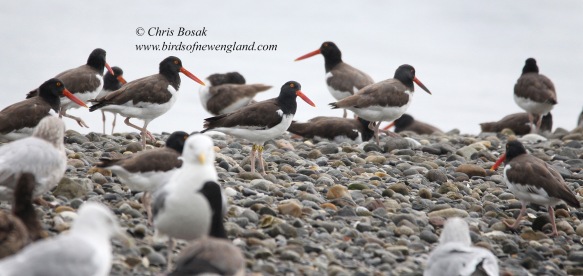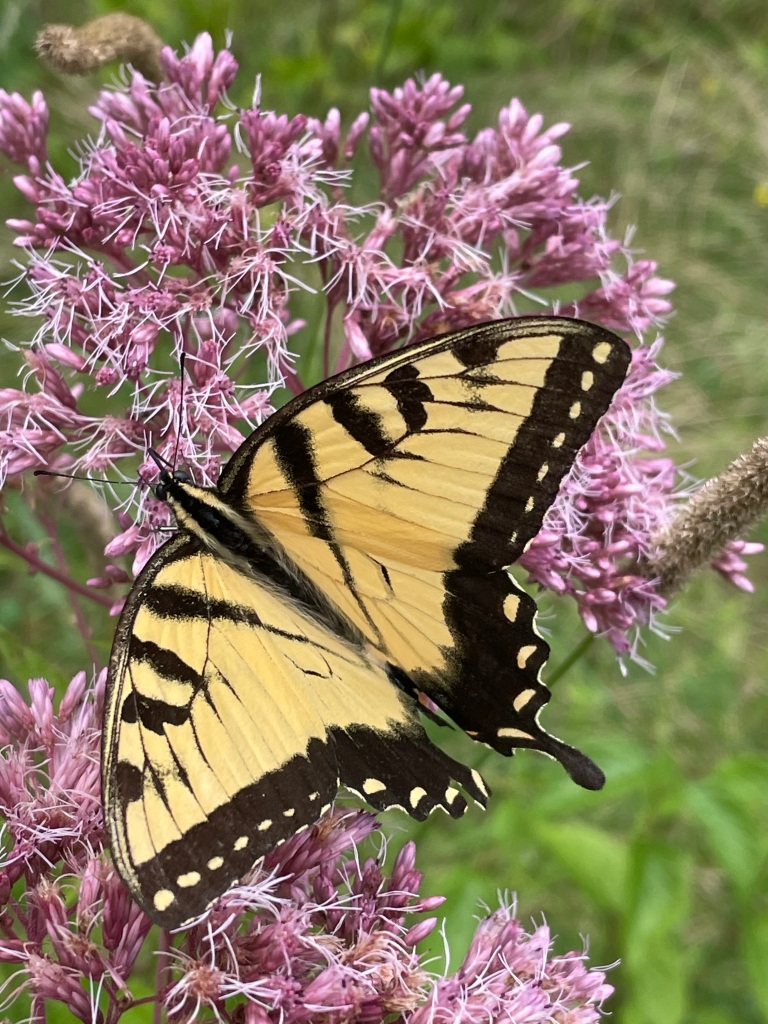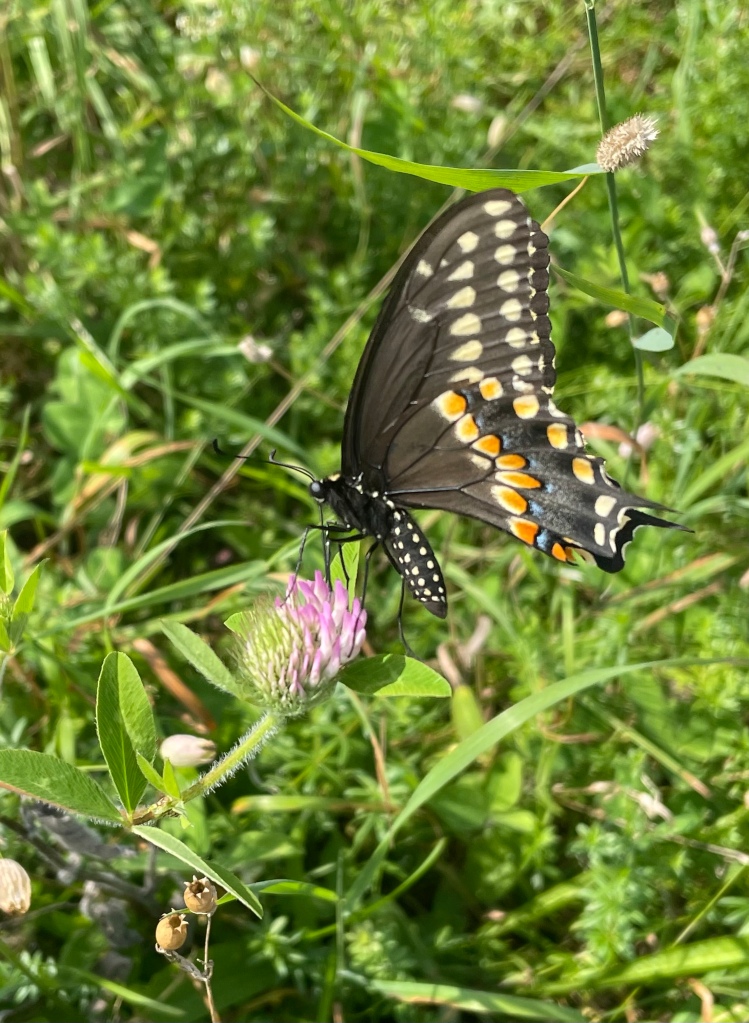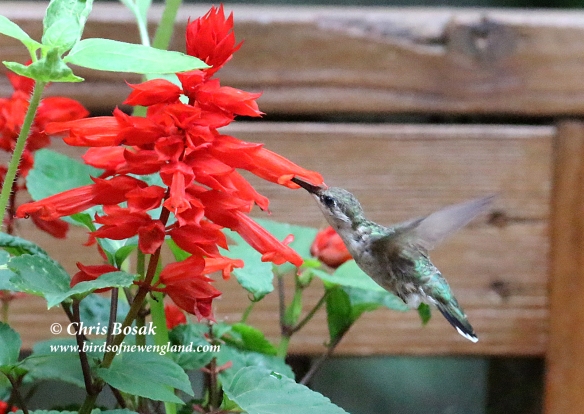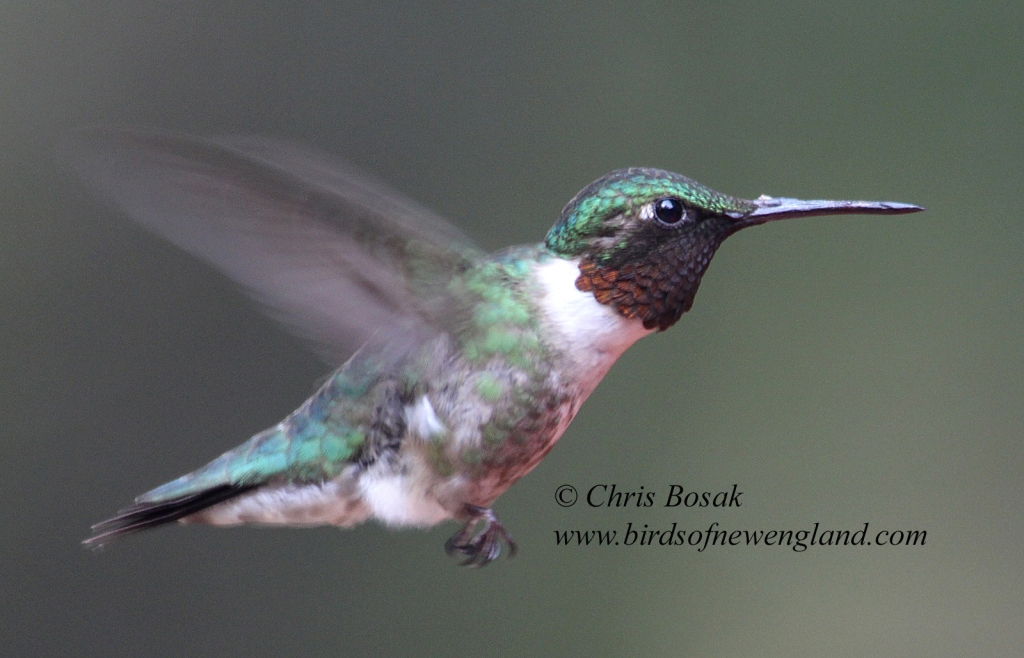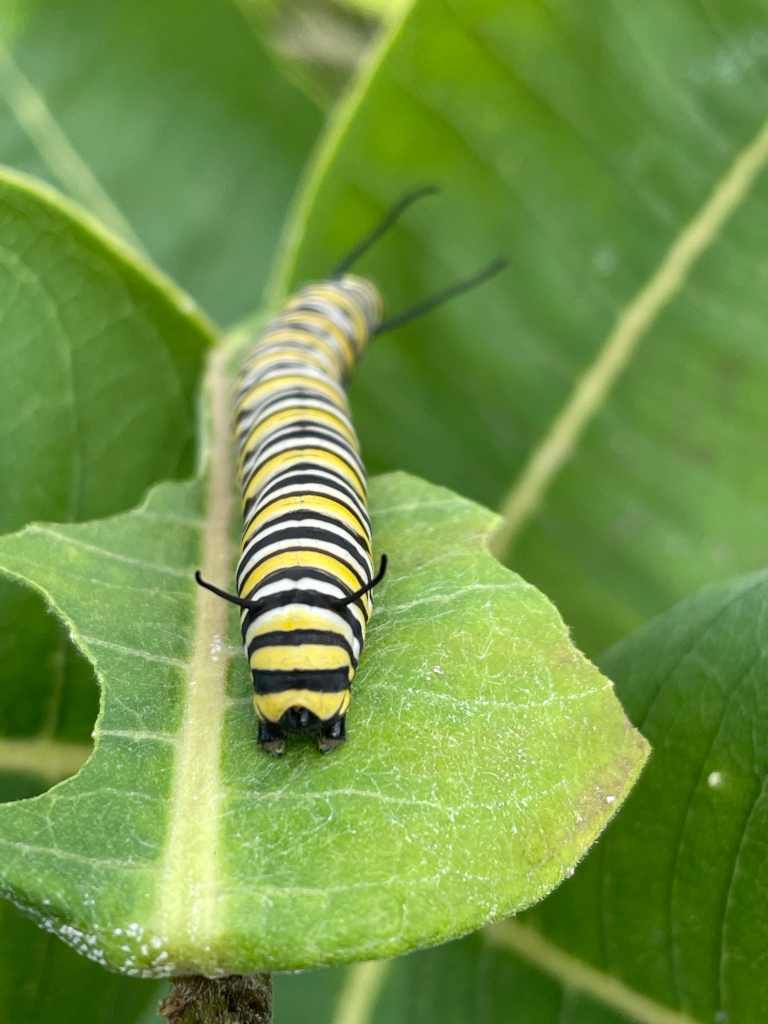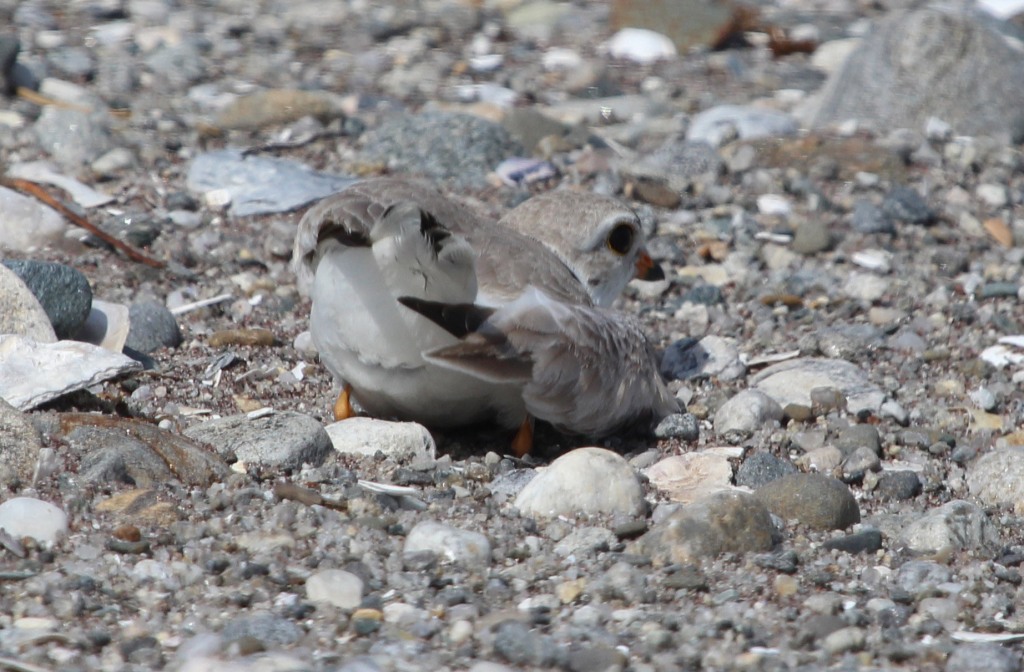
Young birds are extremely vulnerable to predation and an abundance of other hazards. Thankfully, nature evens the playing field to a degree by giving some parents clever defense mechanisms to protect their young.
Among the most interesting of these tricks are performed by waterfowl.
While walking in the woods the other day, I heard a frantic splashing in a nearby beaver pond. Upon further inspection, I saw a female mallard flopping around and generally causing a racket.
The duck appeared to be injured as it held out a wing as if it were broken. It looked as if the duck was trying to fly out of the water, but just couldn’t.
The mallard was perfectly healthy. It felt threatened by something and went into defense mode. I don’t know if it was me on the trail that threatened it or something else lurking along the pond’s edge. The chicks remained hidden in the vegetation while the adult flew to an open space and caused the scene.
Continue reading
